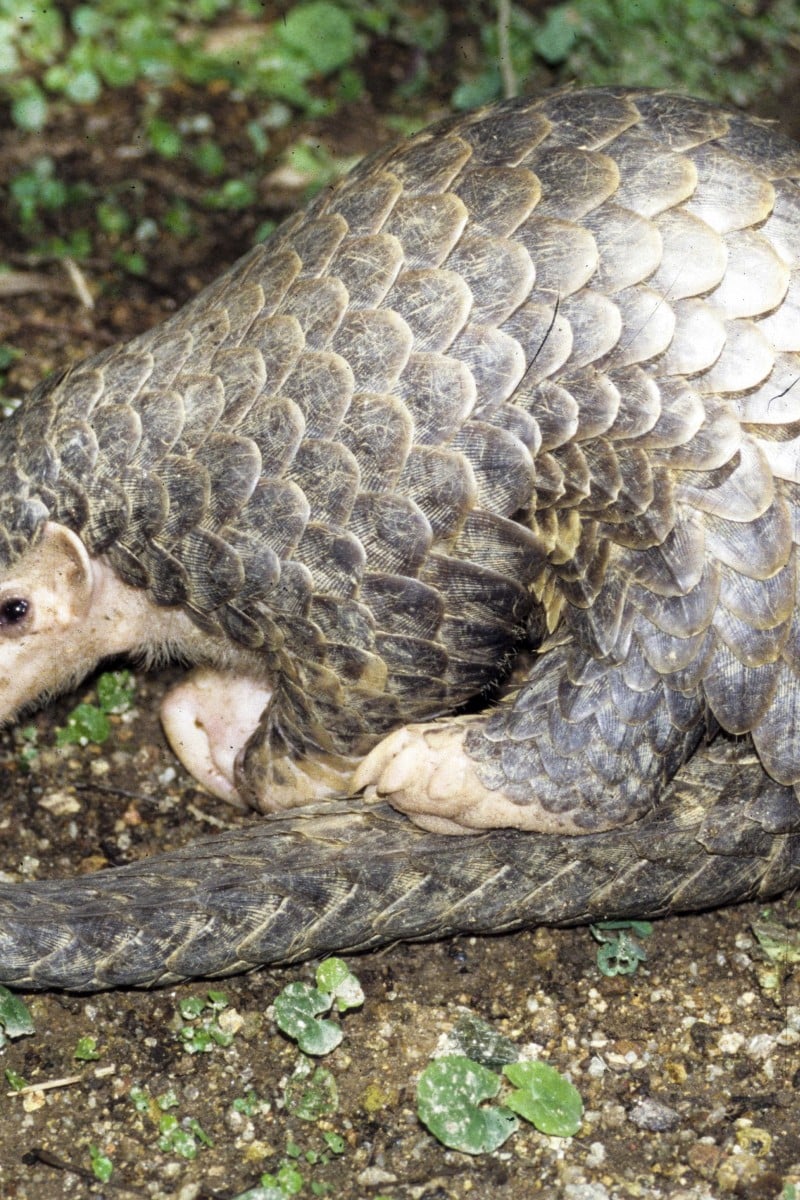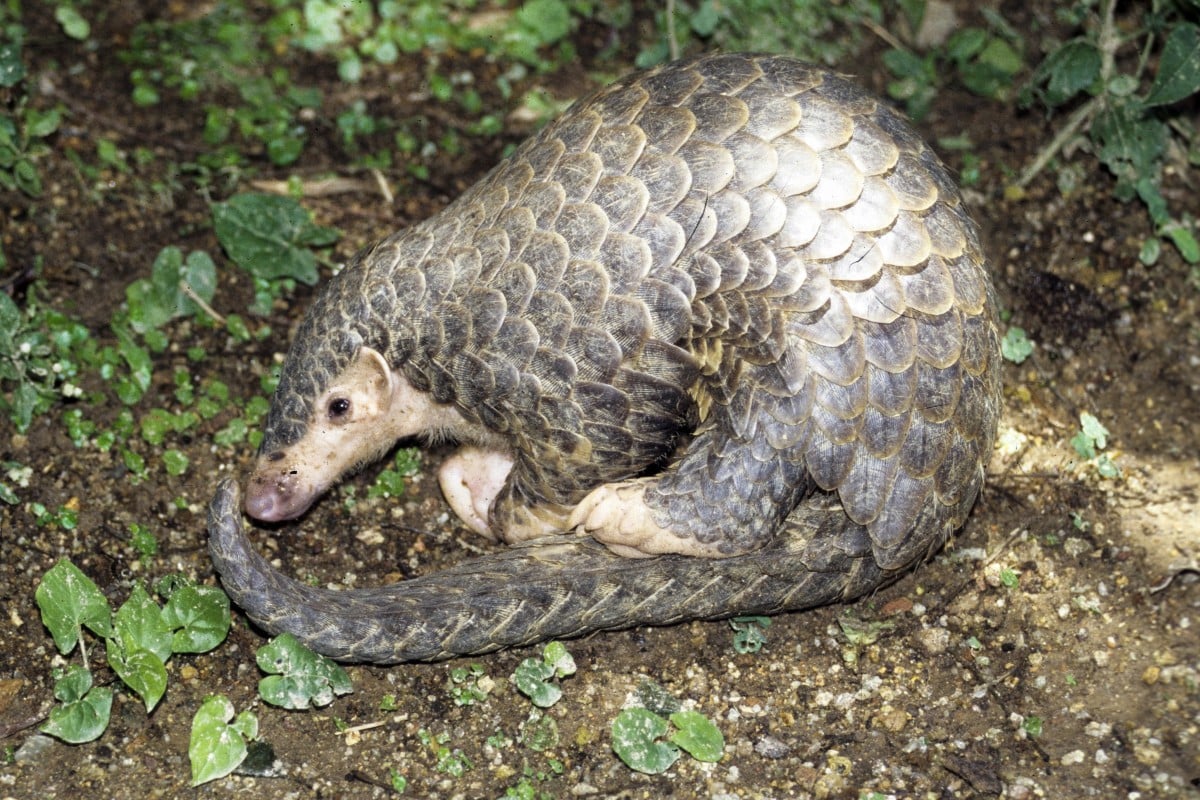
5 facts about pangolins - a critically endangered animal that's still valued in TCM
In honour of the rare sighting of a Chinese pangolin in Hong Kong, here are five cool facts about these armoured animals
 Chinese pangolins are rare, and rarely seen.
Chinese pangolins are rare, and rarely seen.Earlier this week, a pangolin was spotted in the New Territories by Hong Kong Hikers Director Steve Pheby. These nocturnal creatures are notoriously hard to spot, so social media was abuzz.
Read on for five fascinating facts about these exotic creatures.
1 There are eight different species of pangolin
There are eight species of pangolin, two of which are critically endangered. Four species live in Africa, while four are found in Asia.
7 facts you should know about Hong Kong's rare and precious pink dolphins
The Chinese pangolin, that's the kind that was spotted by Pheby, can be found in India, Nepal, and (as its name implies) much of southern China.
The largest of these species - the giant pangolin - can weigh up to 33 kg, while the smallest - the long-tailed pangolin - weighs on average only 2.7 kg. That means the long-tailed pangolin weighs less than 10 per cent of its gargantuan cousin.
2 They’re scaly
With the exception of their undersides, pangolins are covered with scales of keratin, which make up more than 20 per cent of their body weight. Some traditional Chinese medicine practitioners believe that these scales relieve various ailments, and help to drain pus. Keratin is also what our hair and nails are made out of, so you know these scales are nice and strong.
3 They curl
When threatened, pangolins curl into a defensive position. Though they occasionally fight their predators, this curl is their go-to defense, allowing them to be shielded by their scales. When in their curled up state, pangolins are said to resemble footballs. But, despite it being World Cup season, if you see one, make sure you don’t try to kick it!
4 Their tails are multifunctional
Some pangolins use their tails to climb trees, while others lash out with them to scare off predators.
In particular, the long-tailed pangolin, whose tail can grow up to 70 cm, uses its tail to hang onto branches.
5 Unfortunately, they’re trafficked
Due to the perceived health benefits of their various body parts, pangolins are the most heavily-trafficked mammals on Earth. The International Union for Conservation of Nature estimates that between 2004 and 2014, more than a million pangolins were poached worldwide. As a result, certain species have become endangered.
But according to global conservation body WWF, you can help out. By refusing to eat or buy pangolin products, you can help put an end to this global trafficking trade to these cute animals.